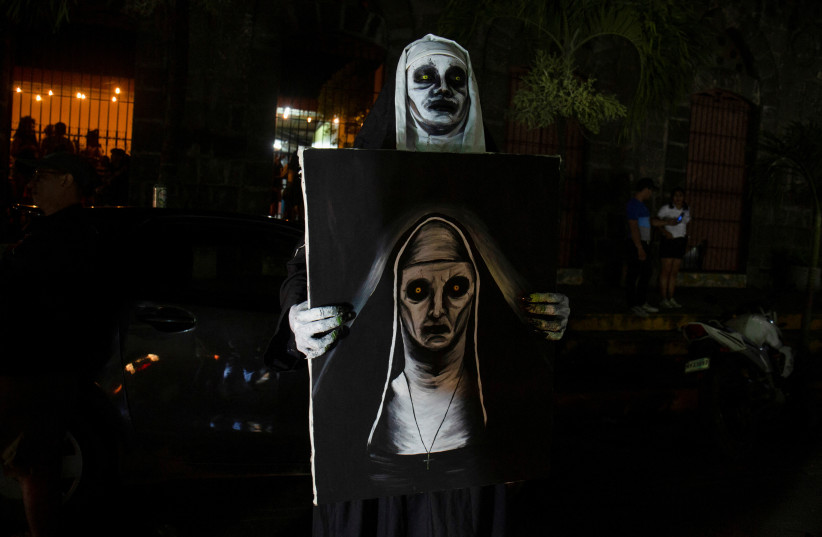Death and the mourning process can be very emotionally challenging because it means saying goodbye to a loved one. However, not everyone has had to say goodbye as suddenly, according to a poll published by the Pew Research Center on August 23.
In the poll comprised of 5,079 American adults from various religious and secular backgrounds, a total of 44% said that they had experienced some kind of interaction with their dead loved ones.
Some 34% of the American adults surveyed said that they felt the presence of a family member that had passed. A further 28% reported that they were able to tell a dead family member about recent events in their lives, and another 15% claimed that they were able to receive communication from their deceased loved one.
Just over half (53%) of the surveyed Americans said that they had never felt that a deceased family member had visited them in a dream or in any form.
Religious affiliations and ghostly visitations
Among Protestants polled, 51% said that they had interacted with a deceased loved one in a dream or in some other form, with 45% saying it was exclusively in a dream.

Among the Evangelical Christians polled, 38% said they had some interaction with a dead loved one in a dream and 42% said in a dream or some other form.
Catholics seemed to have a high percentage of reported visitations, with 66% saying that they were visited in a dream or some other form and 57% specifying in a dream.
Among the spiritually unaffiliated adults polled, 50% said they received a visit in a dream and 58% said they had some kind of interaction.
One of the less expected findings of the poll was that people who rated their religious commitment as ‘medium’ were more likely to report interactions with dead loved ones. 63% of the self-reported medium religious group reported some kind of interaction including dreams, while only 41% of highly religious people said the same and only 39% of ‘low’ religious people said that.
Atheists had the lowest reported number of interactions with only 26% saying they had some kind of dream or non-dream-based visitation.
Women were also more likely to report some kind of visitation (63%) than men (42%).
Deep and meaningful conversations with the dead
33% of Protestants said that they had felt the presence of a dead family member, and a further 28% reported having the opportunity to tell deceased loved ones things. Only 15% reported receiving communications from their loved ones.
Among Evangelicals, the numbers were slightly lower. 26% of Evangelicals reported feeling a presence, 21% said they spoke to a deceased family member and 10% said that a dead family member communicated with them.
Catholics, again, reported the highest number of interactions. 44% of Catholics felt the presence of a dead loved one, 39% told a loved one about their life and 18% said a loved one communicated with them.
Atheists were reported to have the least amount of communication with the dead, with only 12% feeling a presence, 8% saying they were able to tell a dead loved one about a life event and 3% claiming to receive communication from the other side.
Again, those with medium levels of religiosity reported the highest number of interactions. 42% of medium religious people reported a presence, compared to 27% for high religious commitment adults and 21% for low commitment adults. 35% in the medium category said they had spoken to a dead loved one, while for high-commitment people the percentage stood at 21% and low-commitment people reported 18%. A whopping 20% of people from the medium category reported receiving communication from the other side, while the percentage stood at only 9% for the high commitment category and 8% for the low commitment category.
When it came to gender, again, women reported to have more interaction than men. 41% of women said they felt the presence of a deceased loved one, while only 27% of men said the same. 36% of women said they had spoken with a deceased loved one and 21% of men said the same. Finally, 19% of women confirmed they had received communication from a loved one who had passed, while 12% of men said they had.
